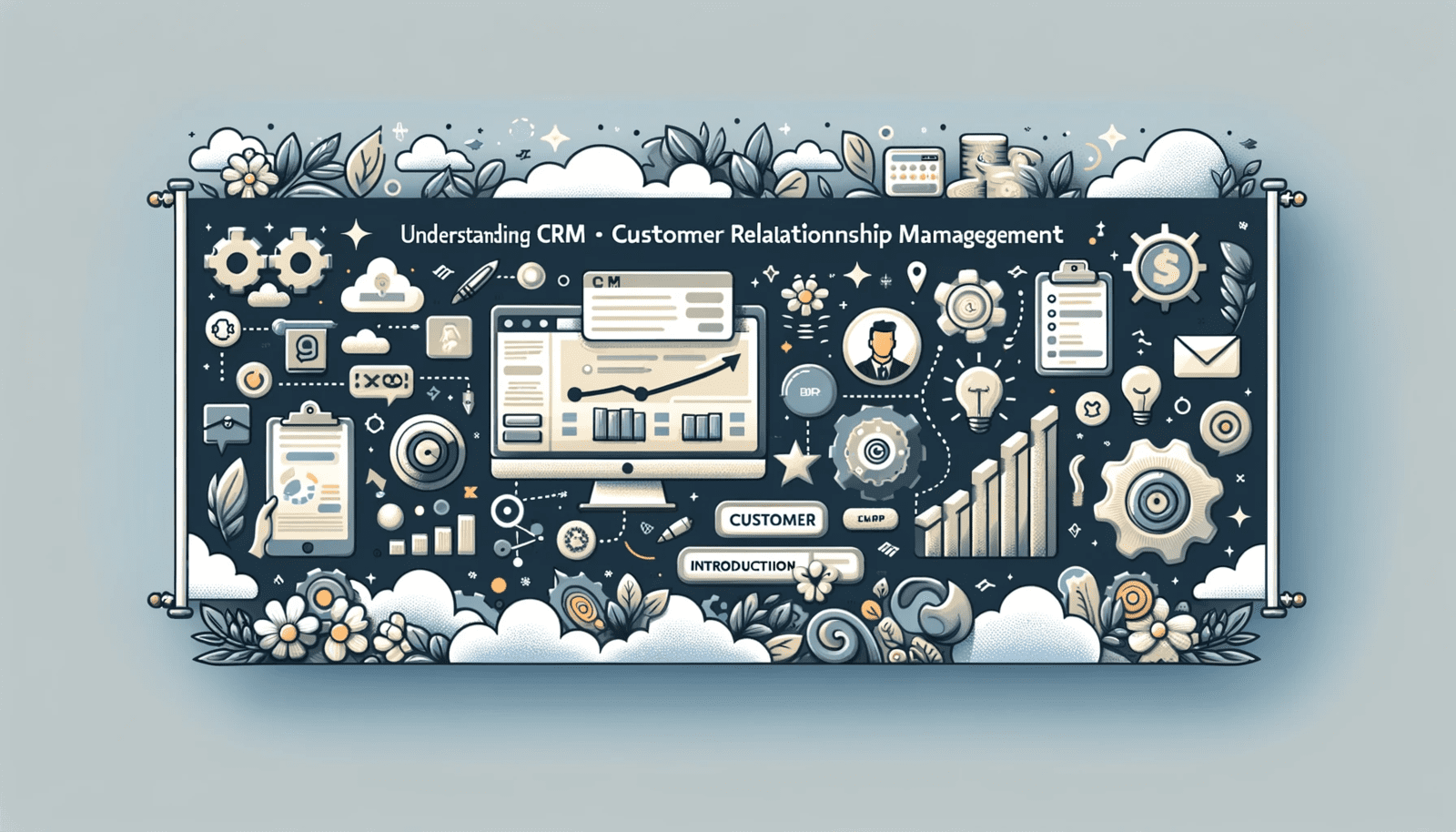
In today's digital era, Customer Relationship Management (CRM) is more than a tool; it's a strategic necessity for businesses of every size. Designed to deeply understand, anticipate, and cater to the needs of both current and potential customers, CRM plays a pivotal role in nurturing and retaining relationships. This article sheds light on CRM, emphasizing its significance in the contemporary business world and providing a foundational understanding for CRM newcomers.
What is Customer Relationship Management (CRM)?
CRM is the amalgamation of practices, strategies, and technologies employed by companies to effectively manage and analyze customer interactions and data throughout their lifecycle. It aims to elevate customer service, bolster retention, and drive sales growth.
Modern CRM systems gather data across various channels like websites, telephones, emails, live chats, marketing materials, and social media.
The Evolution of CRM
Key Components of CRM
CRM systems are built on foundational elements like:
• Customer Data Management: Centralizing customer information for easy access and management.
• Interaction Tracking: Logging interactions with customers for future reference.
• Lead Management: Tracking and managing potential customers (leads) to enhance sales efforts.
These components are crucial for a holistic understanding and management of customer relationships, leading to improved communication and service.
Benefits of Using CRM
Adopting CRM systems offers multiple advantages, including:
· Improved Customer Satisfaction: By understanding and responding to customer needs effectively.
· Increased Sales and Efficiency: Through streamlined processes and better lead management.
· Enhanced Data Analysis and Reporting: Offering insights for strategic decision-making.
Types of CRM Systems
There are three main types of CRM systems:
· Operational CRM: Focused on automating and improving customer-facing and support processes.
· Analytical CRM: Centers on analyzing customer data for better decision-making.
· Collaborative CRM: Aims to improve communication between a business and its stakeholders.
Each type serves different business needs and choosing the right one depends on the specific objectives of a company.
Choosing the Right CRM for Your Business
Consider your business size, industry, customer base, and specific needs when selecting a CRM. Opt for scalable, user-friendly, and customizable systems that integrate well with your existing tools.
Implementing CRM in Your Business
The steps for successful CRM implementation include:
1. Identifying your CRM goals.
2. Choosing the right CRM platform. - step-by-step guide coming soon
3. Migrating data into the new system. - step-by-step guide coming soon
4. Training your team on the new system. - step-by-step guide coming soon
5. Regularly reviewing and updating your CRM strategy. - step-by-step guide coming soon
Tackle challenges like user resistance and data migration with thorough planning and training.
CRM transcends technology; it's a strategic method to manage customer relationships both effectively and efficiently. Grasping CRM basics, its components, types, and benefits enables businesses to implement suitable CRM solutions tailored to their needs.
